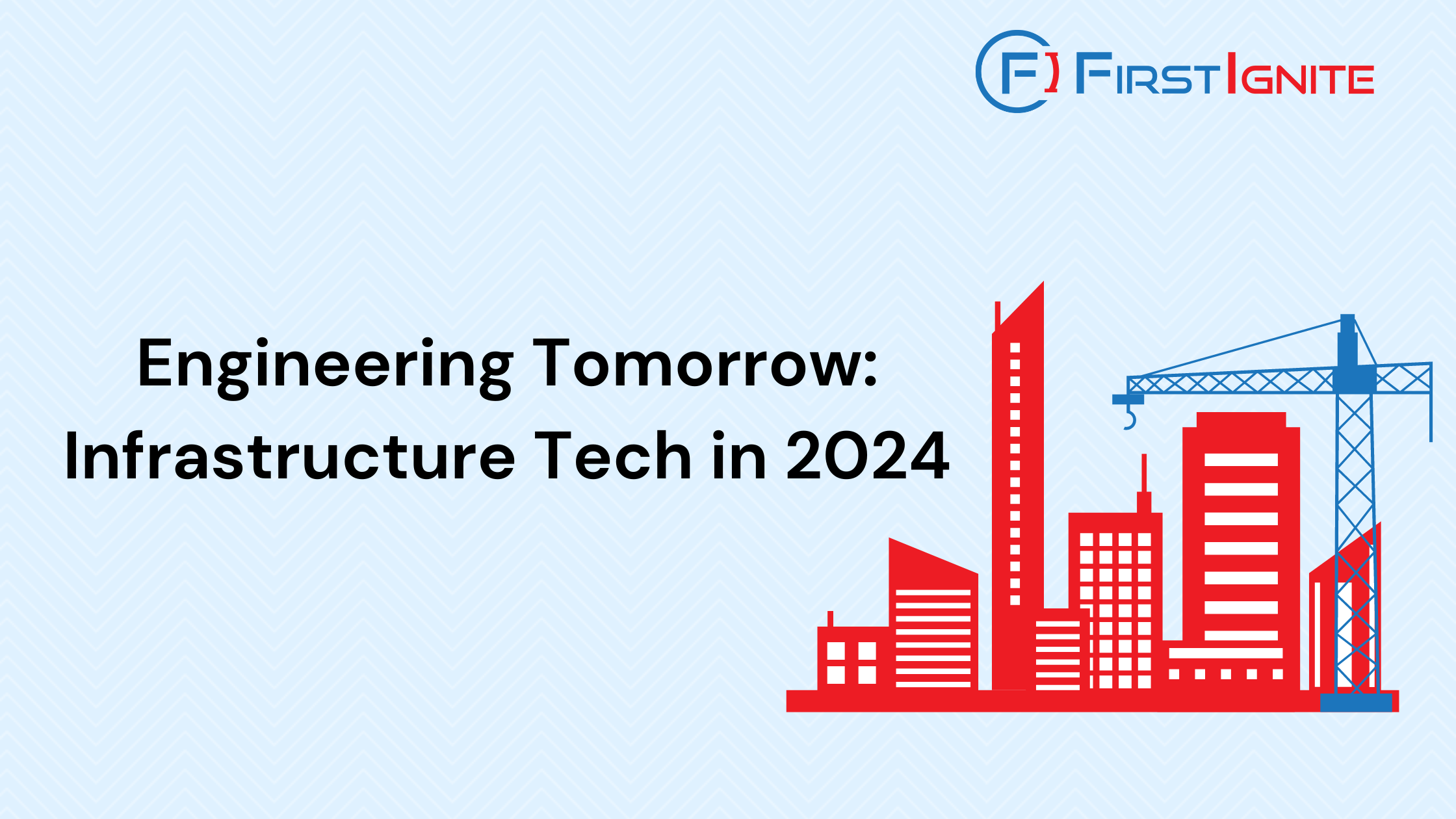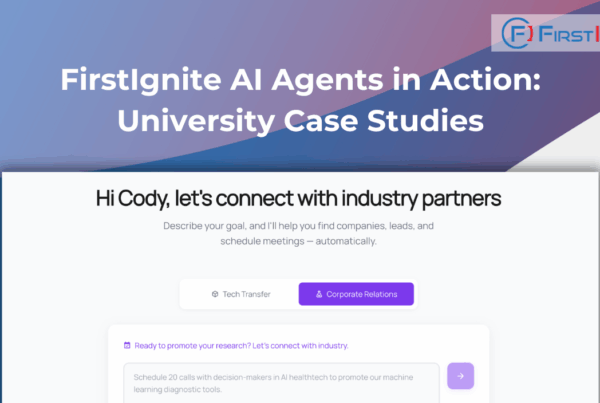
Introduction to Infrastructure Innovations
The rapid advancements in technology and the pressing need for sustainable development have paved the way for groundbreaking innovations in infrastructure. These innovations, set to take center stage in 2024, promise to shape the way we live, work, and commute in the future. From artificial intelligence (AI) to smart infrastructure solutions, the possibilities are limitless. In this article, I will delve into the top infrastructure innovations to look out for in 2024 and explore how they will contribute to building a better future.
Role of Artificial Intelligence (AI) in Infrastructure Innovations
Artificial intelligence has emerged as a transformative force across industries, including infrastructure, where it promises to revolutionize design, construction, and maintenance processes. By leveraging machine learning and data analytics, AI optimizes construction, streamlines project management, and enhances safety across infrastructure projects. Predictive maintenance stands out as a critical application, utilizing AI algorithms to analyze sensor and monitoring data to preemptively identify faults or failures. This proactive maintenance approach minimizes downtime, lowers repair expenses, and bolsters the reliability and lifespan of infrastructure assets.
Smart Infrastructure Solutions
With rapid urbanization, smart infrastructure solutions are gaining traction for creating efficient, sustainable cities. These solutions improve resource management through sensors and IoT devices, optimizing energy, water, and waste systems in real time. They also enhance citizens’ quality of life with intelligent transportation systems and smart buildings. Moreover, by integrating disaster management and early warning systems, smart infrastructure contributes to city resilience, saving lives and expediting recovery efforts during emergencies.
University Advancements in Infrastructure
Universities are at the forefront of infrastructure innovation, with groundbreaking research and development projects that push the boundaries of what is possible. In 2024, we can expect universities to continue spearheading advancements in infrastructure, particularly in the field of engineering and construction.
Engineering advancements in construction, such as 3D printing of buildings, will revolutionize the way we construct infrastructure. The collaboration between The Ohio State University’s Center for Design and Manufacturing Excellence (CDME) and Pantheon Innovative Builders to bring Ohio’s first construction 3D printer to CDME underscores the importance of pushing the boundaries of additive manufacturing. This technology allows for faster, more cost-effective, and sustainable construction methods. By using additive manufacturing techniques, it is possible to create complex structures with minimal waste and reduced labor requirements.
Additionally, universities, like Drexel University, are conducting research on self-healing materials for infrastructure. These materials have the ability to repair themselves when damaged, increasing the durability and lifespan of infrastructure assets. Self-healing materials can significantly reduce maintenance costs and extend the life cycle of bridges, roads, and other critical infrastructure.
Conclusion
The future of infrastructure is bright, with groundbreaking innovations set to transform the way we live, work, and commute. From the role of AI in infrastructure to smart solutions and university advancements, the possibilities are endless. By embracing these innovations, we can build a better future that is sustainable and efficient.




